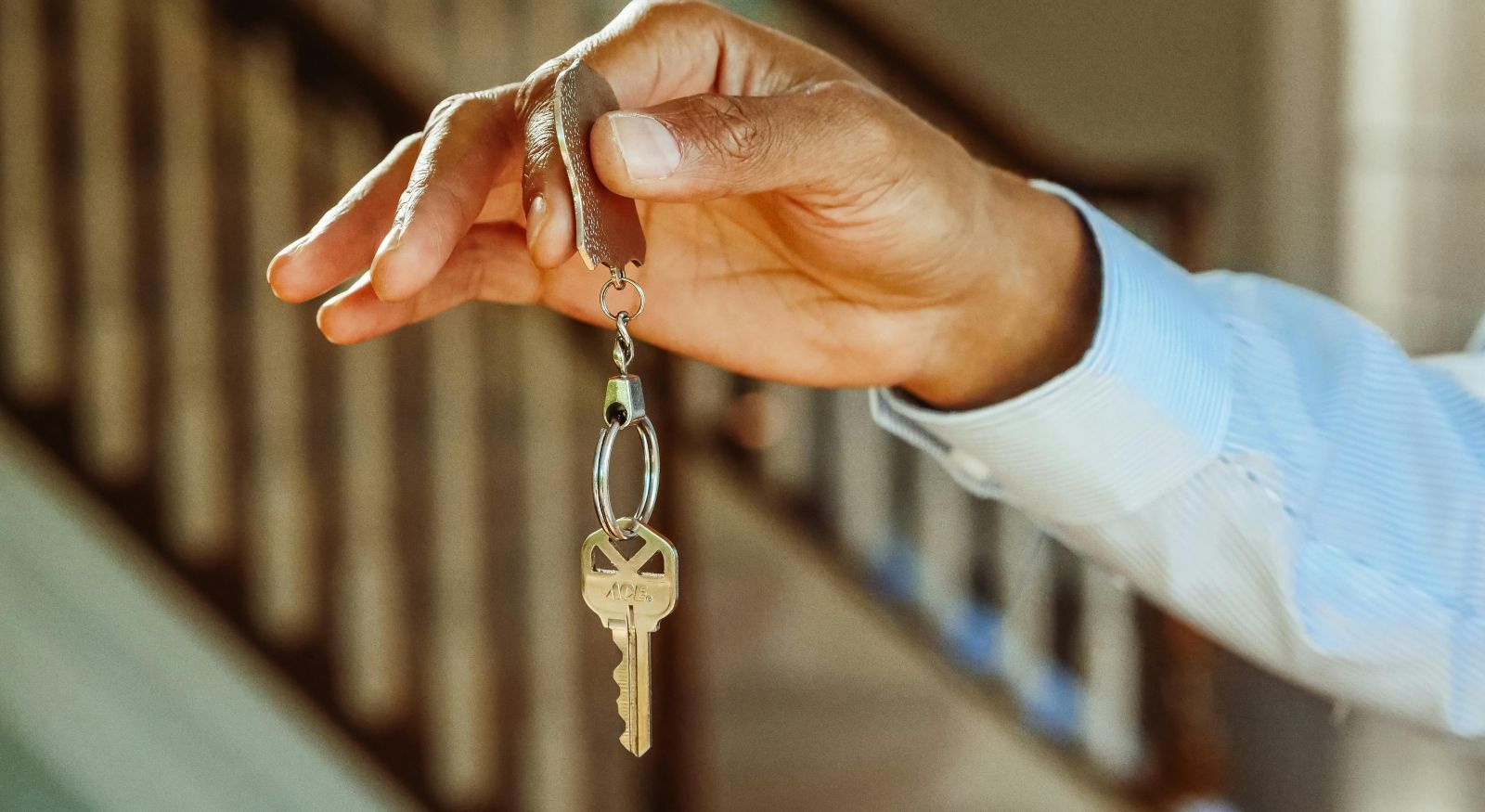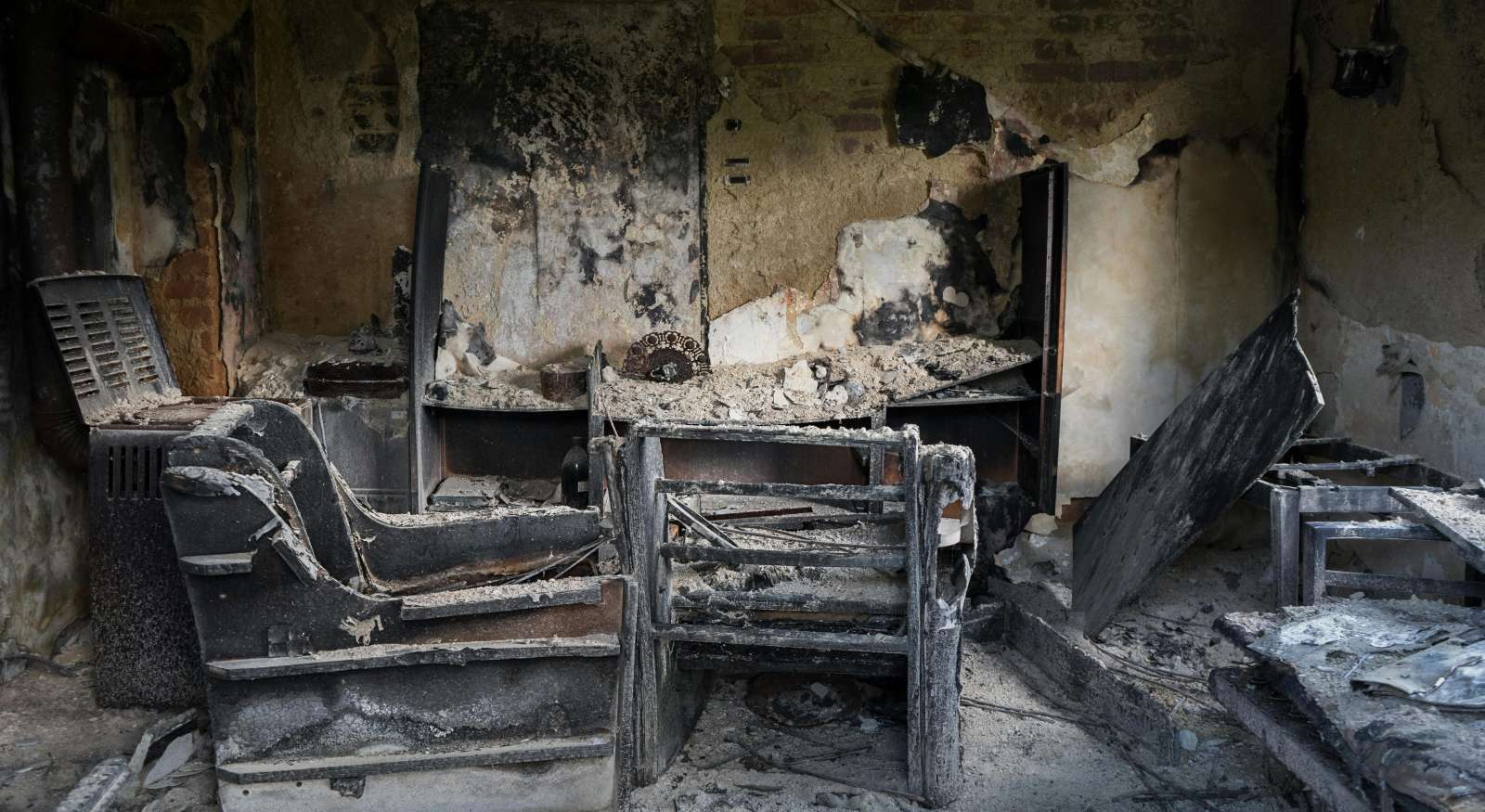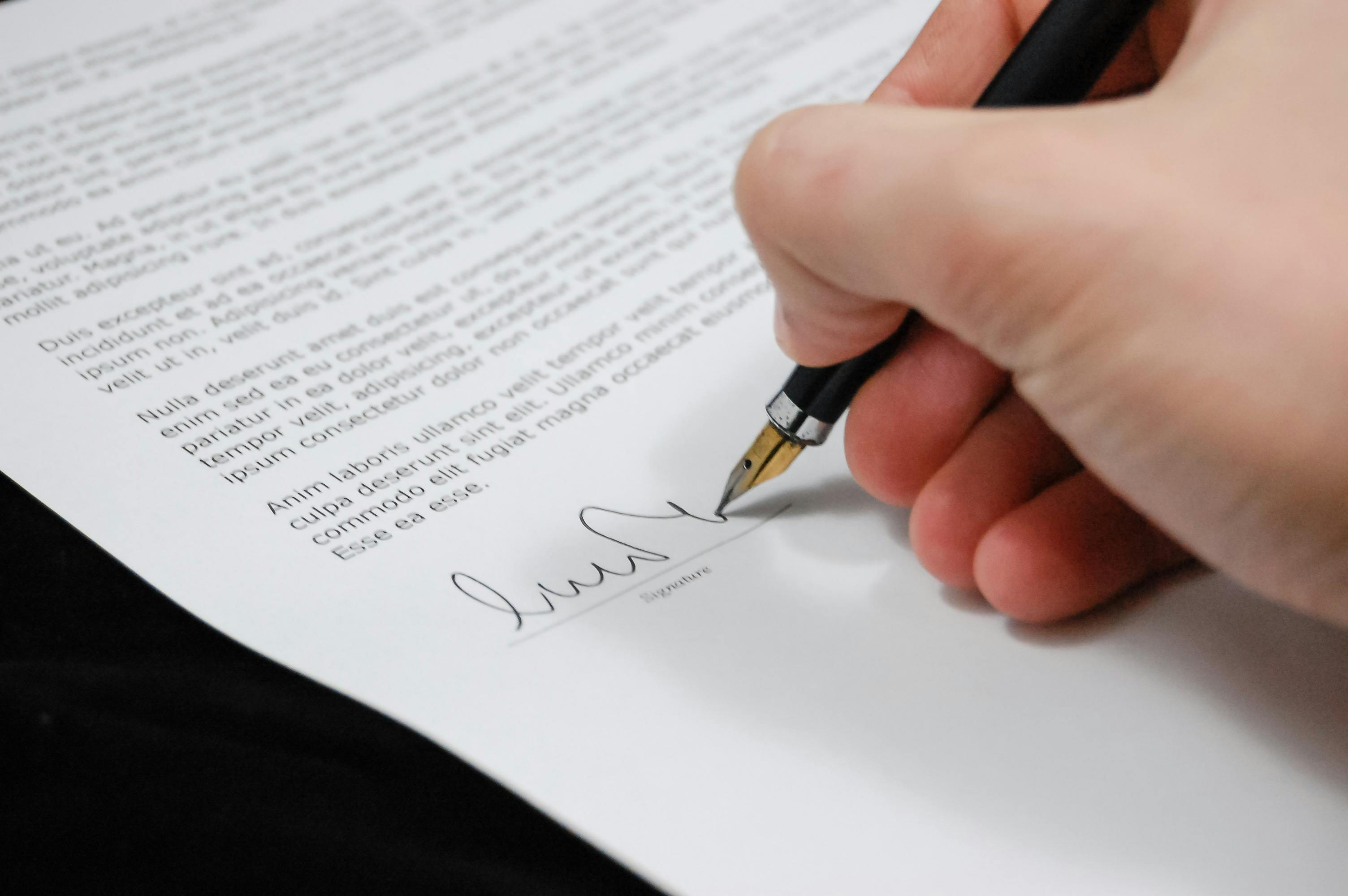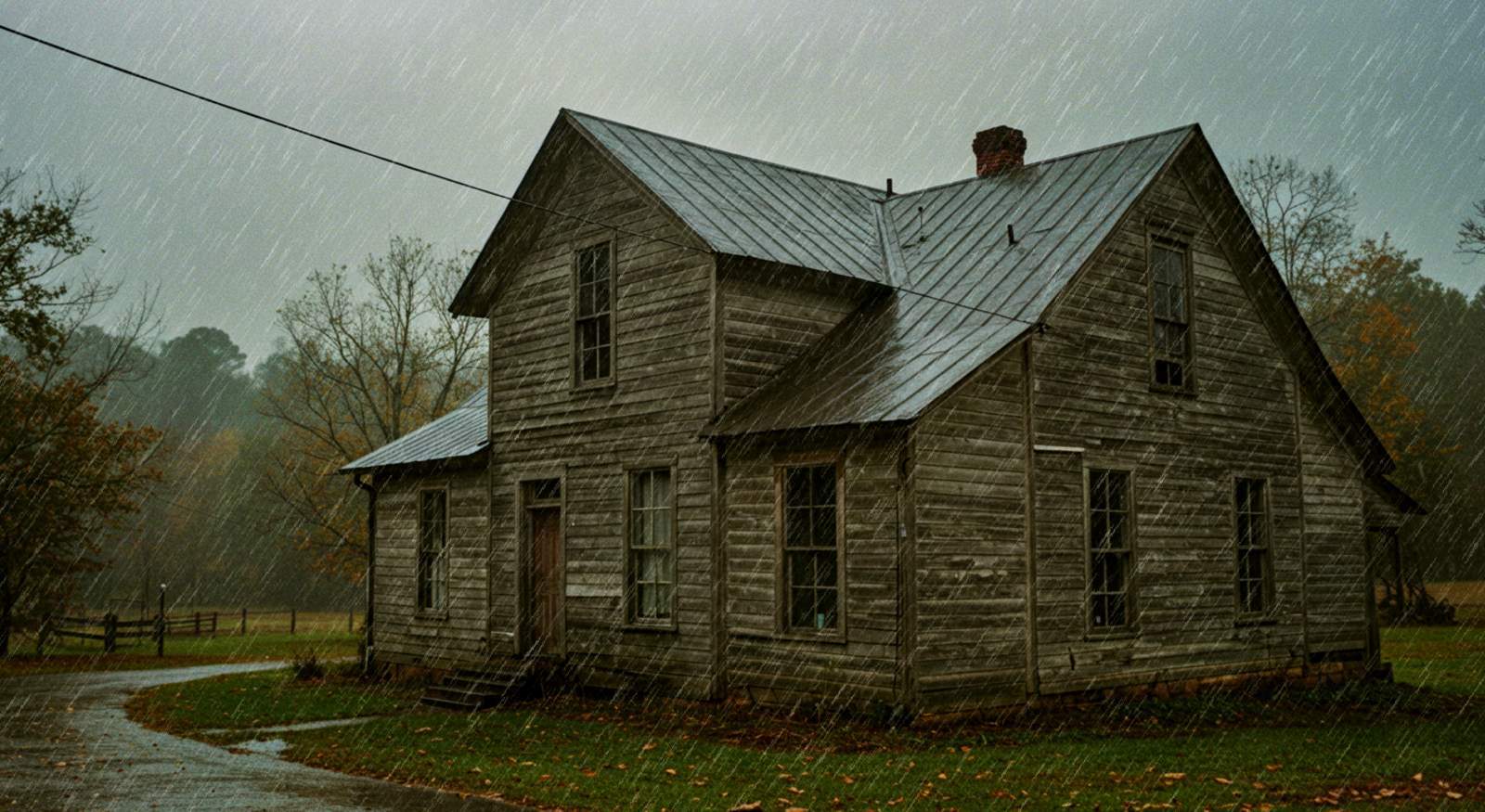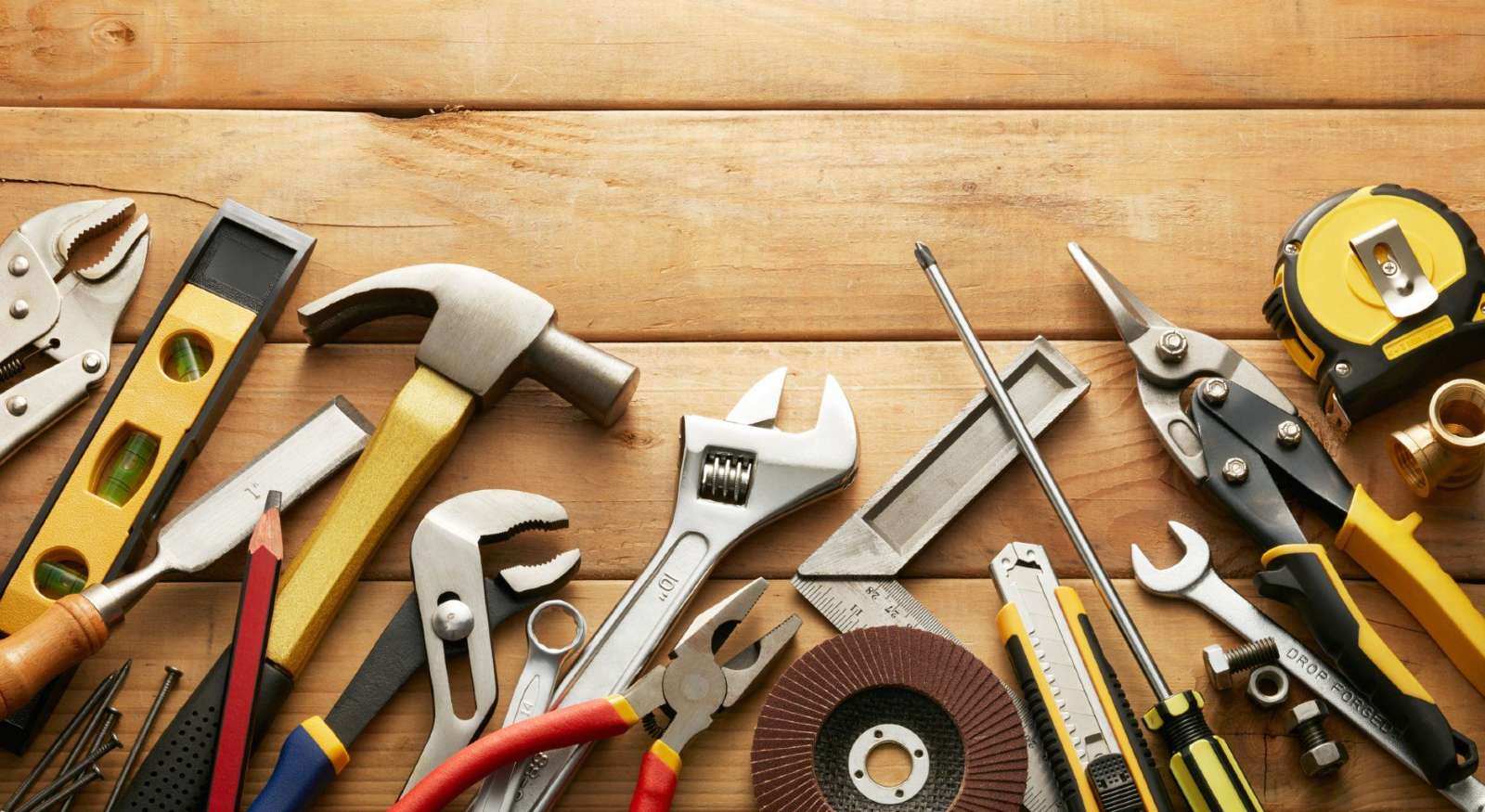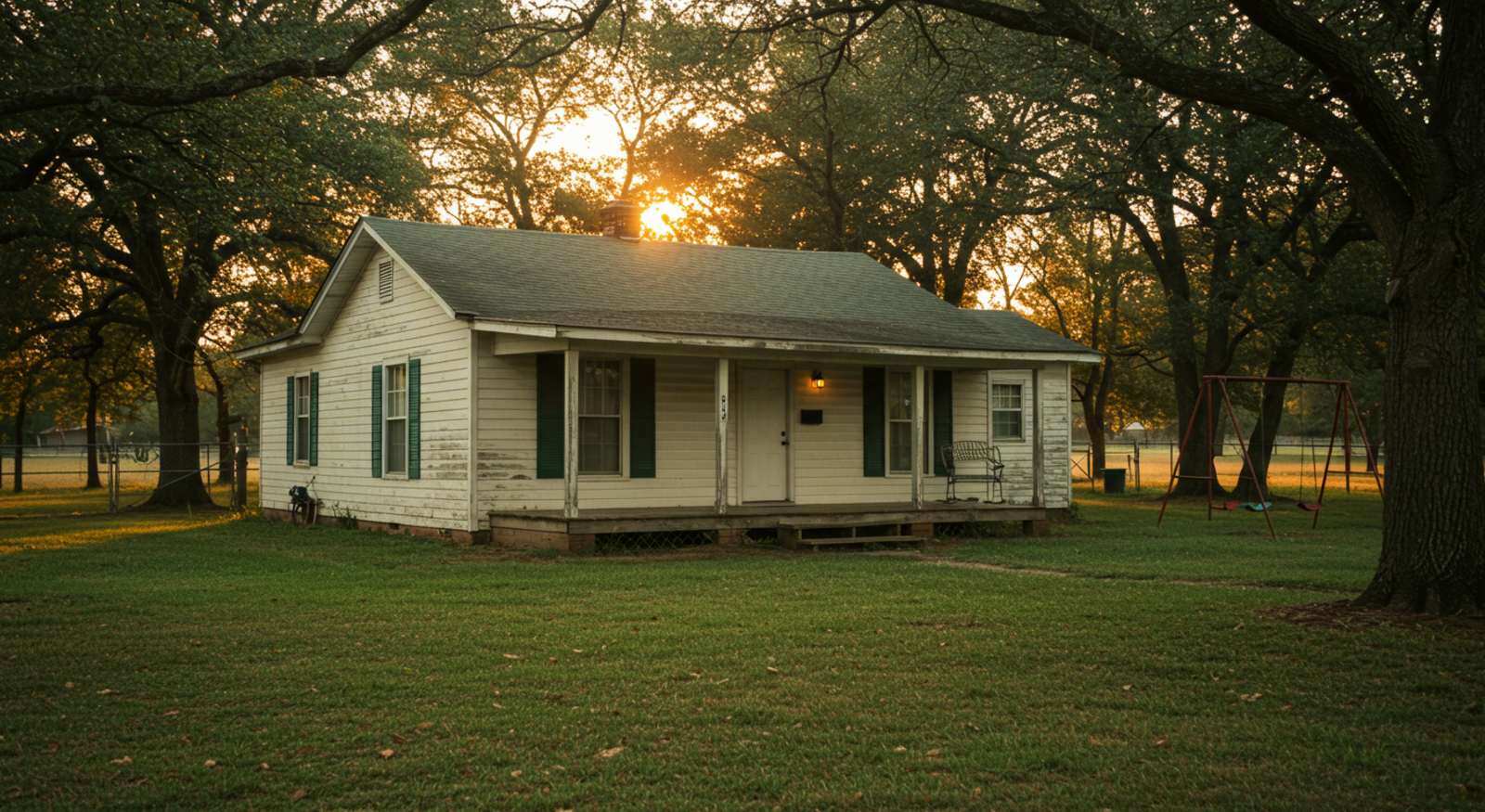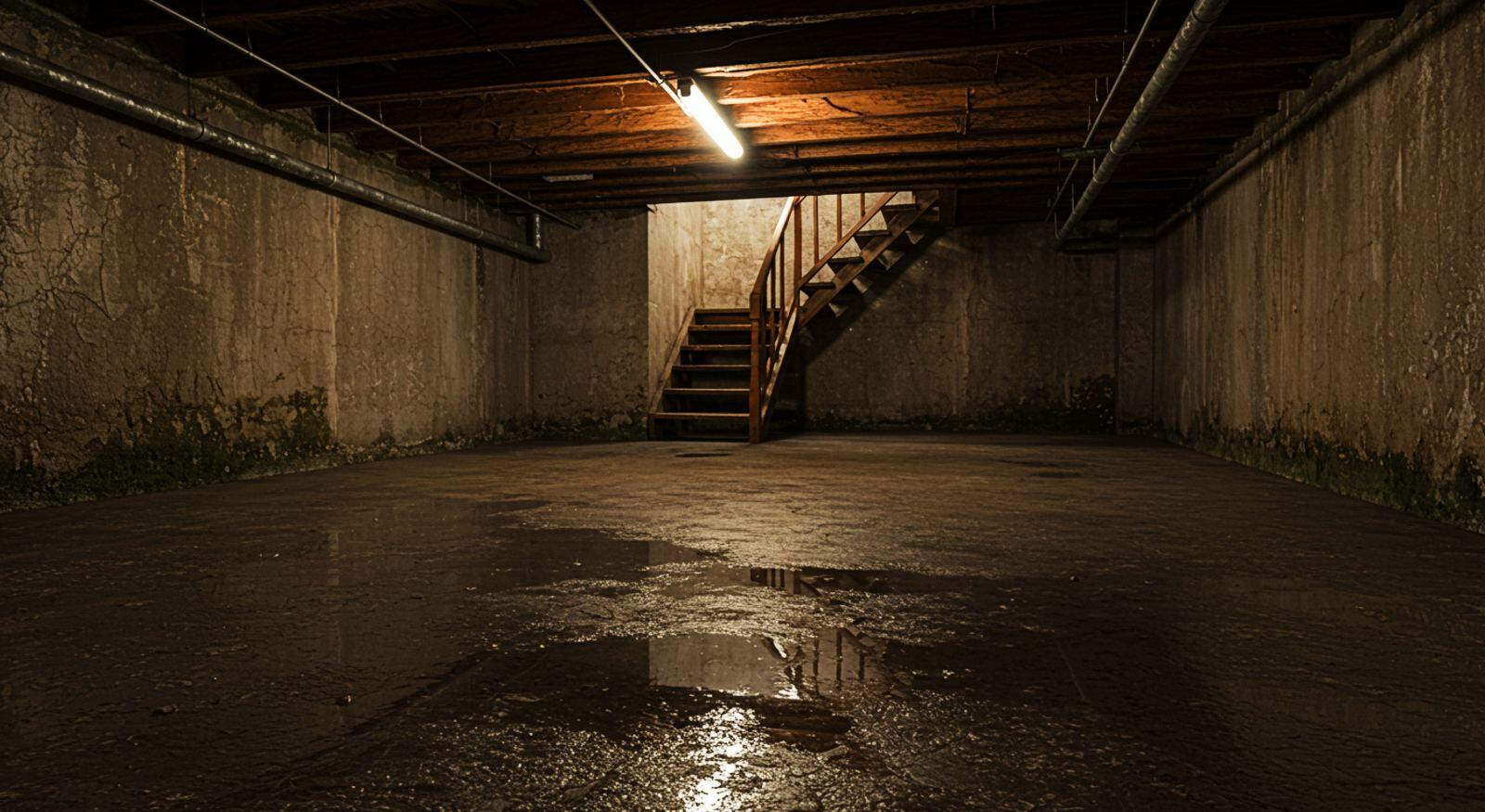How to prepare for a flood in South Arkansas
October 16th, 2024
6 min read

With Hurricane Helene making headlines for the devastation it has caused, it's worth remembering that South Arkansas is not free from natural disasters. Heavy rains and rising river levels can lead to dangerous floods in this region. But are you aware of how to prepare if the floodwaters knock at your door?
As a company with over 50 years of combined experience in water damage restoration, we have seen the destruction that nature can cause. Yet, those who are prepared for the floods are always on the safer side, even if their houses are affected. Therefore, we think it would be excellent to teach you to be more proactive in safeguarding your home, belongings, and loved ones.
In this article, we will discuss the actions you should take to prepare for a flood, from understanding your flood risk to creating a plan and how to prepare for an imminent disaster. Let's learn together about flood preparedness so you know exactly what to do when the next big storm strikes!
1. Learn what your flood risk level is in South Arkansas
As mentioned in other articles, South Arkansas is vulnerable to flooding. This is particularly true in low-lying areas near rivers like the Ouachita and Saline, which can overflow their banks during heavy rainstorms. Flash floods can also occur, especially during the spring and fall, when storms are more frequent. Here is how to know and how to stay informed:
Check official flood maps
If you want to prepare for a flood, the first step is to fully understand the risks you are dealing with, such as which areas will be impacted during a flood. The Federal Emergency Management Administration (FEMA) has a Flood Map Service Center where you can look up your address and check if your area is prone to flooding.
Listen to the alerts
The National Weather Service (NWS) and local authorities will provide flood alerts and warnings when a natural disaster seems imminent. Consider subscribing to local emergency alert systems via your phone or email to get real-time updates when there are flood risks.
2. Get flood insurance
Here is some bad news about your home's insurance: if you have standard insurance, you are likely not covered for flood damage. That's why is vital to get specific flood insurance, especially if you happen to live in an area with a higher risk of flooding. We recommend an annual "insurance check-up" with your insurance agent to ensure you have the right coverage. The National Flood Insurance Program (NFIP) provides flood insurance to homeowners, renters, and businesses in participating communities. You can check their policy terms here.
Why flood insurance is important
According to the NFIP, since 1996, a staggering 99% of U.S. counties have been affected by flooding at some point, causing significant damage and property losses. Flood insurance will give you peace of mind as it covers the damage caused to the structure or contents of your home.
How to purchase flood insurance
Talk to your insurance provider to buy flood insurance. If they work with the NFIP, you should be able to get coverage. You can find all participant insurance providers in your state on this site by the NFIP.
Also, be aware that the policy typically takes 30 days to take effect. So prepare, and don’t wait until a storm is on the horizon to get covered!
What will my flood insurance cover?
The NFIP policy covers all direct physical losses from a flood to your home's structure and belongings. The NFIP offers two types of coverage:
Building coverage
It mainly refers to the structures inside your home, but it also includes some appliances like refrigerators, cooking stoves, dishwashers, and other built-in appliances. It covers electrical and plumbing systems, furnaces and water heaters, permanently installed carpeting, cabinets, paneling, and bookcases. Also, window blinds, foundation walls, anchorage systems, staircases, detached garages, fuel tanks, well water tanks and pumps, and solar energy equipment.
Contents coverage
This coverage includes personal belongings such as clothing, furniture, and electronics. It also covers items like curtains, washers, dryers, portable and window air conditioners, microwaves, carpets not covered under building coverage (like those placed over wood floors), and valuable items like artwork and furs, up to $2,500.
What is not covered in my flood insurance?
According to the NFIP, an event is considered flooding when "there is an excess of water on land that is normally dry, affecting two or more acres of land or two or more properties." Following that definition, the insurance will only cover damage that has resulted directly from flooding. In general terms, these are the things the flood insurance will NOT cover:
- Additional living expenses while repairs are being made or until your home is safe to live in again.
- Damage to outdoor features like landscaping, wells, septic systems, decks, patios, fences, seawalls, hot tubs, and pools.
- Business losses due to interruptions caused by flooding.
- Currency, precious metals, stock certificates, and other valuable documents.
- Damage to cars and most self-propelled vehicles, including their parts.
- Personal belongings stored in basements.
3. Plan ahead of the flood
A solid plan will ensure that everyone in your home knows what to do in case of a flood. Here is how to get ahead of a natural disaster:
Create a general emergency plan
The best way to prepare is to talk to your family and involve them in creating the emergency plan so everyone is on board and all their specific needs are accounted for. Here is what you should answer together:
- How will everyone get emergency alerts?
- Where will everyone shelter?
- What is the evacuation route?
- What is the communication plan?
- Where is the emergency kit, and how can you access it?
- What are the family's needs? They could include differences in age, responsibilities for assisting others, dietary needs, medical needs, and any other area where someone will need assistance.
Ready, a National public service campaign, has a family emergency plan form you can fill out to help you and your family plan ahead.
Make a family emergency communication plan
Communication is key in an emergency. During a flood, networks may break down, making it difficult to get ahold of your family members. Here are our recommendations:
- Assign a Meeting Place. Choose a safe location on higher ground during an evacuation.
- Write down your emergency contacts. You should always have the number of emergency services, family members, and your insurance company.
- Designate an out-of-town contact. It may be a family member or a close friend. What's important is that this person can help relay information should local phone lines go down.
Make an emergency kit
An emergency plan is not complete without an emergency kit. You should have a kit with essential items for at least three days in a flood. Here are the items we recommend:
- Water (one gallon per person per day for drinking and sanitation)
- Food (at least a several-day supply of non-perishable food)
- Battery-powered or hand crank radio
- A NOAA Weather Radio with a tone alert
- Flashlights
- Extra batteries
- First-aid kit
- Personal hygiene products
- Necessary medications
- Whistle (to signal for help)
- Dust mask (to help filter contaminated air)
- Plastic sheeting, scissors and duct tape (to shelter in place)
- Moist towelettes, garbage bags, and plastic ties (for personal sanitation)
- Wrench or pliers (to turn off utilities)
- Manual can opener (for food)
- Local maps
- Cell phone with chargers and a backup battery
- Essential documents in a waterproof container (IDs, insurance policies, bank records, etc.)
To maintain your kit, keep all canned food in a cool, dry place, while boxed food should be stored in tightly closed plastic or metal containers. Also, remember to replace expired items as needed.
4. Prepare Your Home for Flooding
Protecting your home from flood damage can save you thousands of dollars in repair costs. Here's how you can do it:
Keep utilities and appliances above
If you live in a high-risk flood zone, elevate essential appliances like your furnace, water heater, and electrical panel. Service equipment outside the house should be elevated above the potential flood levels to reduce the risk of water damage. According to FEMA, you should consider elevating your service equipment at least 1 or 2 feet of teh ground. Using brick and mortar to create an elevated base should help you reduce the costs of retrofitting your equipment.
Seal your basement
This seems like an extreme solution, but it is the right move if you are facing an extreme situation like a flood. Consider sealing walls with waterproof coatings and installing a sump pump to remove excess water. This is important in South Arkansas, where frequent rains increase the risk of basement flooding.
Install backflow valves
Sewer backups are usual during floods, as heavy rain can overwhelm drainage systems. Installing backflow valves in your plumbing can prevent floodwaters from entering your home through drains, toilets, and sinks.
Use sandbags for temporary flood defense
Sandbags are an affordable and effective way to divert water away from your home for short-term flood protection. Check with local emergency services to see if they provide free sandbags during flood warnings.
Keep your gutters and drains clean
Ensure that your gutters, downspouts, and storm drains are debris-free. Clogged gutters can cause water to pool around your home, increasing the chances of water seeping into your foundation.
Protect valuable items
Any electronics, family heirlooms, currency, and important documents should be moved to higher floors. If possible, store your most important items in waterproof containers to further protect them from water damage
Worried about the aftermath?
The destruction that natural disasters leave during their path is impossible to predict. However, there are actions that you can take to mitigate the damage and keep yourself and your loved ones safe. By now, you should be able to face a flood in South Arkansas thanks to the tips we at Restore-It gave you. If you are still wondering what to do, you should check our article on the top 10 actions to take after severe weather.
Topics:













